What we need to know about a student with osteoporosis when we work with them one-on-one

When a new student starts private yoga sessions, we usually ask many different questions about their current state: the functioning of various physiological systems, stress levels, sleep patterns, lifestyle, mental state, etc. Sometimes clients seem puzzled. They wonder – how is this relevant? “If I was diagnosed with osteoporosis and came here expecting to do weight-bearing exercises, why are you asking me about the regularity of my digestion? I thought we were just going to do some poses?”
Doing strengthening yoga poses is certainly useful, but it is just one small piece of many. As we saw earlier, many factors affect bone health, and we need to consider each of them when designing a comprehensive yoga practice.
- The health of a student’s digestive system affects how well the calcium is extracted out of food.
- The state of the student’s endocrine system gives us clues about how well the thyroid and parathyroid glands maintain balanced levels of calcium throughout the system.
- The amount of stress the student experiences matters because excess stress hormones mess up calcium production and delivery.
- The student’s diet is important because bone health depends on how nutritious the food is, whether it is acidic or alkaline, and how much calcium the student consumes.
- The presence of chronic inflammation anywhere in the body can point to more rapid bone degradation.
- Student’s sleep patterns can point to an imbalance between sympathetic and parasympathetic branches of the student’s nervous system.
- Lifestyle is important because it shows us how much time the student spends outside to maintain their vitamin D levels and how much they move their body to avoid muscle wasting.
- The student’s stage in their lifecycle is important because it can give us clues about the levels of their sex hormones, which naturally decline with age and affect bone density.
- The student’s medications are important because some of them can cause bone loss, some may increase the risk of a fall, and some may increase the chance of breaking a bone.
- The student’s Ayurvedic type is relevant because it can show us their predispositions and vulnerable spots.
Ultimately, when we are working with a student one-on-one, we have to both zoom in on the specific test results and minute details of their life and zoom out to get a bigger picture of the general state of their health. In general, it helps to understand whether the students’ body is currently in a catabolic (break down) or anabolic (assembly) mode.
Catabolism describes the breakdown of complex molecules in the body. It happens when the body needs to break down tissue to try to keep up with its own energetic demands and, in the process, depletes its energetic and nutritional reserves. The signs of catabolic physiology include muscle wasting and weakening, ongoing inflammation, low energy, fatigue, insomnia, digestive issues, increased sensitivity to certain foods, muscle cramps, joint pain, brain fog, low libido, low blood pressure, and weak urinary system. Bone weakening can be just one symptom of a catabolic state.
Dr. R. Keith McCormick, in his book The Whole-Body Approach to Osteoporosis: How to Improve Bone Strength & Reduce Your Fracture Risk, writes: “Osteoporosis is not just the weakening of bones; it is the weakening of the body’s entire physiology. To put more accurately, weakened physiology leads to bone loss and requires a broader evaluation than just an assessment of bone. When you have a chronic disease, you have to treat the whole body.” (2)
Anabolism, on the other hand, centers around growth and building — the organization of molecules. In this process, small, simple molecules are built up into larger, more complex ones. Anabolic reactions create new molecules that form new cells and tissues and revitalize organs. When the body is in an anabolic state, it grows, renews itself, and maintains its vitality. Generally, we want to keep our bodies in an anabolic rather than catabolic state.
From the Ayurvedic perspective, the anabolic process is powered by ojas, and students with osteoporosis need to put special effort into building it. Ojas is the reservoir of your vital energy; it is one of three vital essences (ojas, tejas, and prana). These vital essences are the essential forms of vata, pitta, and kapha that sustain vitality and build our higher spiritual potential, as well.
Ojas means “primal vigor”; it is the subtle essence of all vital fluids and the basis of physical and mental endurance. Ojas is responsible for vitality, resilience, lubrication, and longevity on the level of each individual cell and the level of the entire body. When your ojas is in balance, you feel rested and resilient, have a radiant complexion and sparkly eyes, enjoy physical strength and a clear mind, have easy and regular digestion, and feel light and energized. You can increase your ojas by:
- Eating nourishing prana-rich foods (freshly prepared, nutrient-dense foods that don’t require too much time and effort to process)
- Moving the body while focusing on activities that build, rather than deplete the system
- Avoiding overexertion
- Getting plenty of rest
- Limiting the energy loss through the senses. According to Ayurveda, much of the energy is lost through the eyes, ears, and vocal organs. Spending less time consuming mass media and talking helps to build ojas.
- Practicing meditation, ritual, and devotional activities helps redirect our emotional energy inward and increase ojas.
- Cultivating a balanced lifestyle that nourishes the body and makes you feel nurtured and fulfilled.
To summarize, when we work with students with osteoporosis, we need to evaluate the state of their individual physiological systems and their health as a whole. Then we can use all the tools we have at our disposal (asana, pranayama, meditation, self-study, lifestyle recommendations, and so on) to troubleshoot specific aspects of their physiology that might be out of balance and work on increasing their ojas. What it looks like for each particular student will be different based on their situation and symptoms.
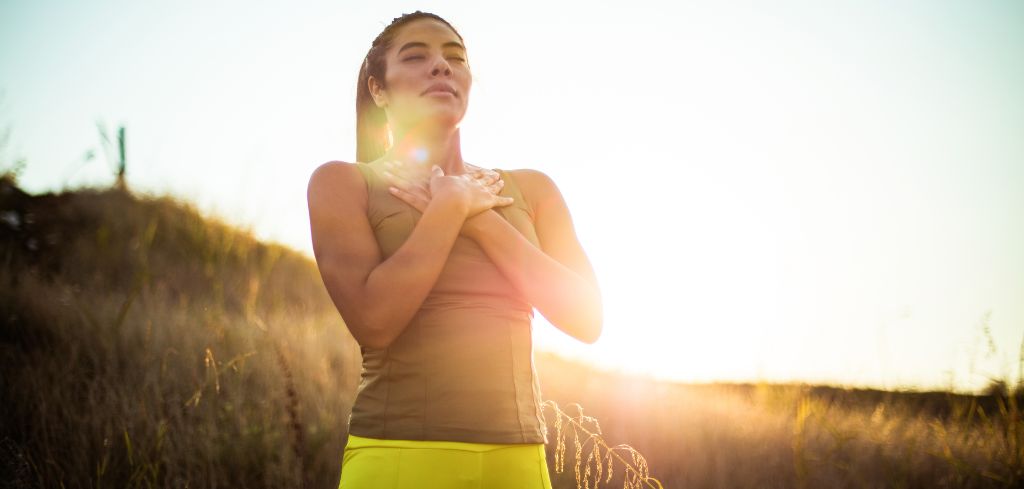
Your body consists of about 37 trillion cells; each of those cells knows exactly what to do to keep you alive and healthy. Together they perform an unquantifiable number of tasks in almost perfect harmony.


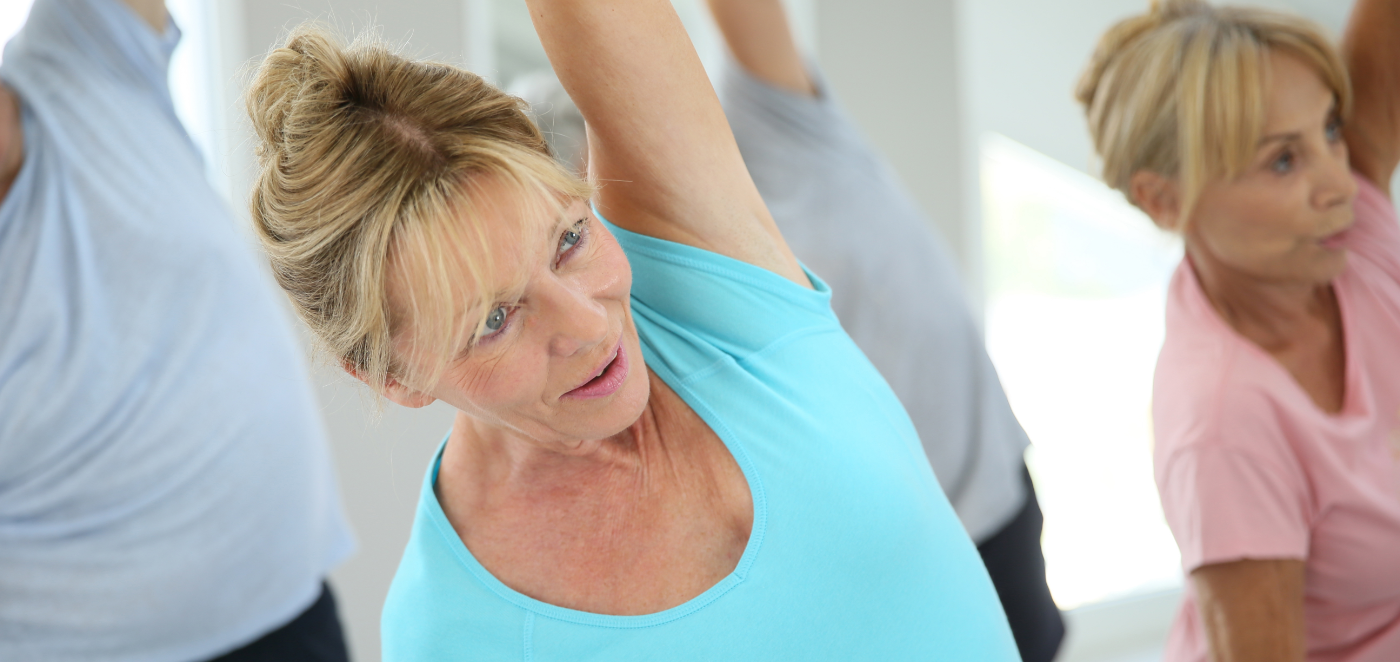
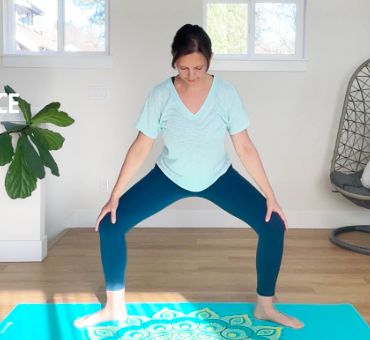



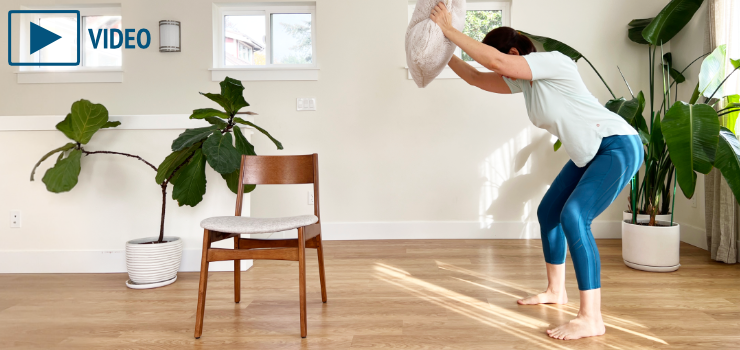
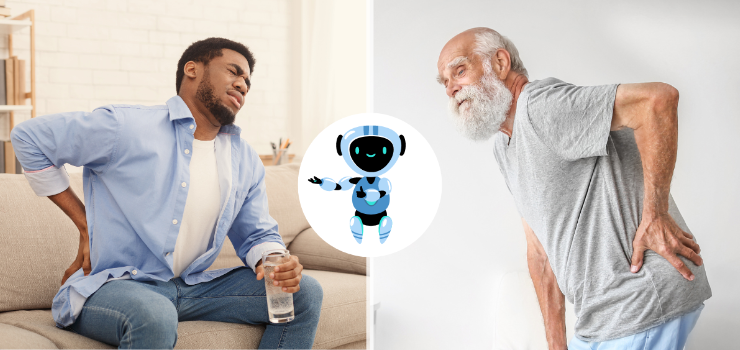
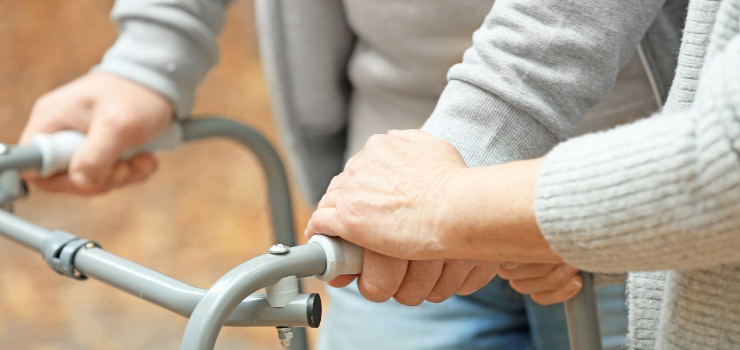
Thank you Olga for this great blog. Wonderful reminders and some new information for me. I had not considered chronic inflammation in the past. And it makes perfect sense to me know as I turn it over in my mind. So many people with auto immune disorders these days leading to chronic inflammation or the medications to treat them cause bone loss.